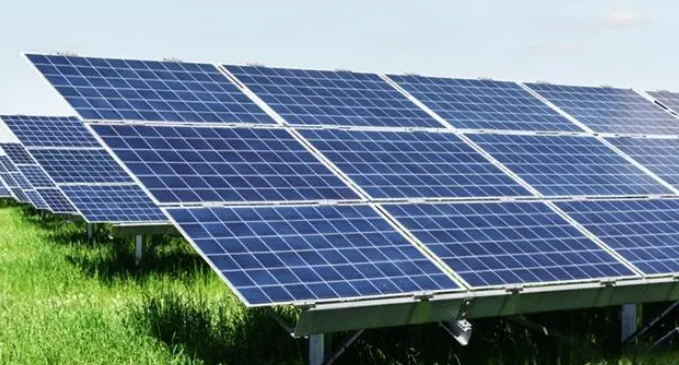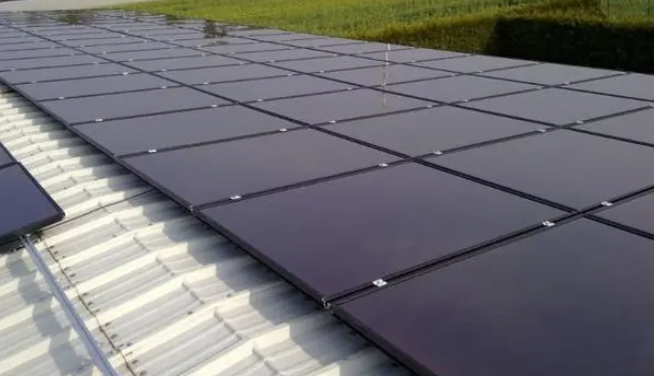There are three commonly used types of solar panels today: monocrystalline solar panels, polycrystalline solar panels, and thin-film solar panels. A solar panel is composed of dozens of photovoltaic cells (also known as solar cells) that absorb sunlight and convert energy into direct current (DC) electricity. Most solar energy systems include an inverter that converts direct current to alternating current, which can then power household appliances. In addition, backup batteries can store unused solar energy for use at night or during power outages.

Single crystal solar panels. Single crystal solar panels are the most popular and widely used solar panels today, especially in rooftop solar panel installations. They are composed of single crystal silicon. During production, the "seed" crystals of silicon are placed in a pure silicon melt pool at high temperatures, forming a monocrystalline silicon crystal called a silicon ingot. It is cut into thin silicon wafers and then used to make solar panels. Nowadays, there are various types of monocrystalline solar panels to choose from in the market. Passivation emitter and back contact cells (usually referred to as PERC solar panels) are the most popular monocrystalline solar panels. Monocrystalline solar panels can only absorb sunlight to a certain extent, and some light will directly pass through them. The additional layer in PERC panels allows the unabsorbed sunlight to be absorbed again from the back of the panel, making it more efficient. In fact, PERC solar panels are currently the most efficient solar panels in the world in terms of conversion efficiency.

2. Polycrystalline solar panels. Similar to monocrystalline panels, polycrystalline panels are made of silicon, but the cooling process is different, which produces multiple crystals instead of one. Due to their manufacturing process, polycrystalline panels have a blue tone and a slightly marble like appearance. Of course, there may also be some differences in color and consistency between panels. Polycrystalline solar panels are an early developed solar panel technology that is cheaper than monocrystalline solar panels. However, due to their older technology, polycrystalline panels are not as efficient as more modern solar panels. Polycrystalline solar panels cannot be well supported at high temperatures, so it is not recommended to use them in hot climates throughout the year.

3. Thin film solar panels. Due to their lower efficiency, thin-film solar cells are more commonly used in large-scale public utilities and industrial solar installations where space is not limited. Thin film solar panels are made by depositing a thin layer of photovoltaic material on a solid surface, such as glass. These photovoltaic materials include amorphous silicon (a-Si), copper indium gallium selenide (CIGS), and cadmium telluride (CdTe). Each of these materials produces a different 'type' of solar panel, but they all belong to the category of thin-film solar cells. During the manufacturing process, photovoltaic materials form a thin and lightweight sheet, which in some cases is flexible. Thin film panels, due to their completely black, flat, flexible shape and size, do not require the use of support structures like monocrystalline and polycrystalline panels when installed on roofs. Due to the low efficiency of thin film panels, larger areas are often required for laying, and over time, this may face higher overall costs and panel aging issues.
In summary, if placed on the roof to provide household electricity, with limited space and budget, monocrystalline solar panels are the best choice. Of course, polycrystalline solar panels are also a feasible option within a limited budget. If considering the need for laying and having a large area of space, thin film solar panels can be considered for use.